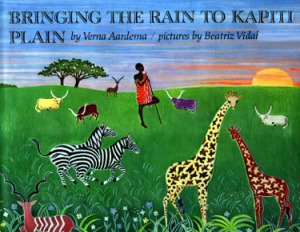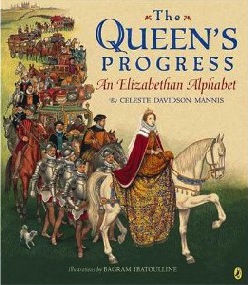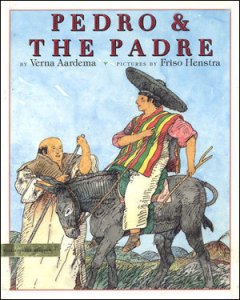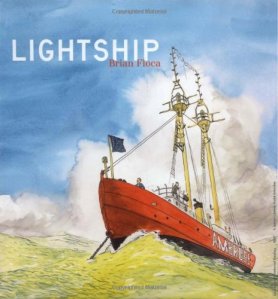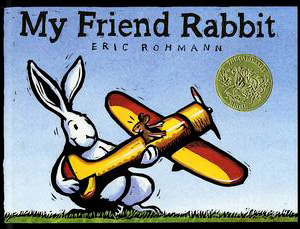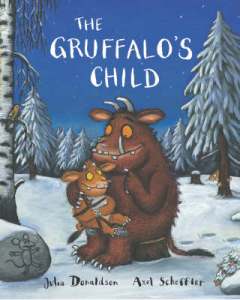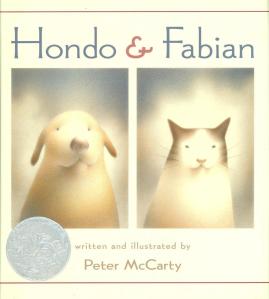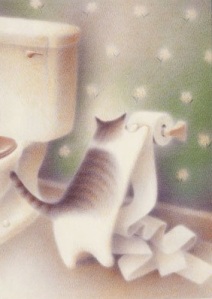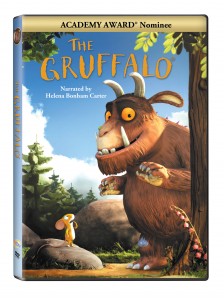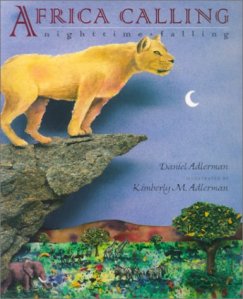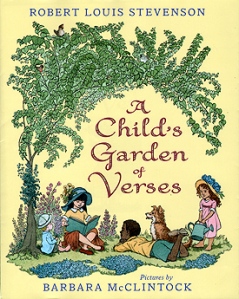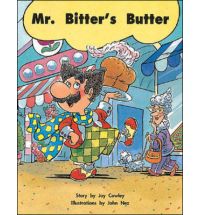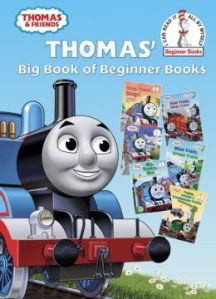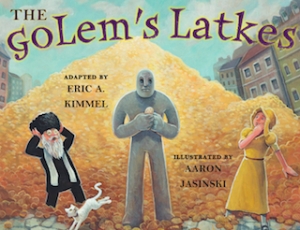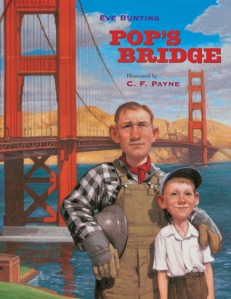Illustrated by Beatriz Vidal. Aardema’s rhymes are captivating. Vidal’s illustrations are enchanting. Yet, I have a problem with this book.
The book is Aardema’s adaptation of a tale from Nandi village in Kenya. I love the idea. Yet, saying that… The story came from a collection published by Alfred Claud Hollis in 1909, titled The Nandi: Their Language and Folklore. Book editors (the author?) calls him Claud Hollis, but his real name was Sir Alfred Claud Hollis. Editors (or the author) also say that Hollis was a “famous anthropologist,” but he is not famous for his anthropology but for being British resident in Zanzibar and British Governor of Trinidad and Tobago. This high position in British colonial administration certainly does not discredit the story but there is something in it, which is simply very orientalist. In Bringing the Rain… Africa has no history: the same young men draped in a bright color cloth, drought-ridden savanna, African wild animals living in symbiosis with men, and poverty caused just by the climate… The Nandi legend “proves” that poverty is caused by climate and climate is just God-given and, of course, colonial exploitation has absolutely nothing to do with it. Plus: “Verna Aardema has brought the original story closer to the English nursery rhyme by putting in a cumulative refrain and giving the tale the rhythm of The House That Jack Built.” I’d like to like this book but no, thanks.

